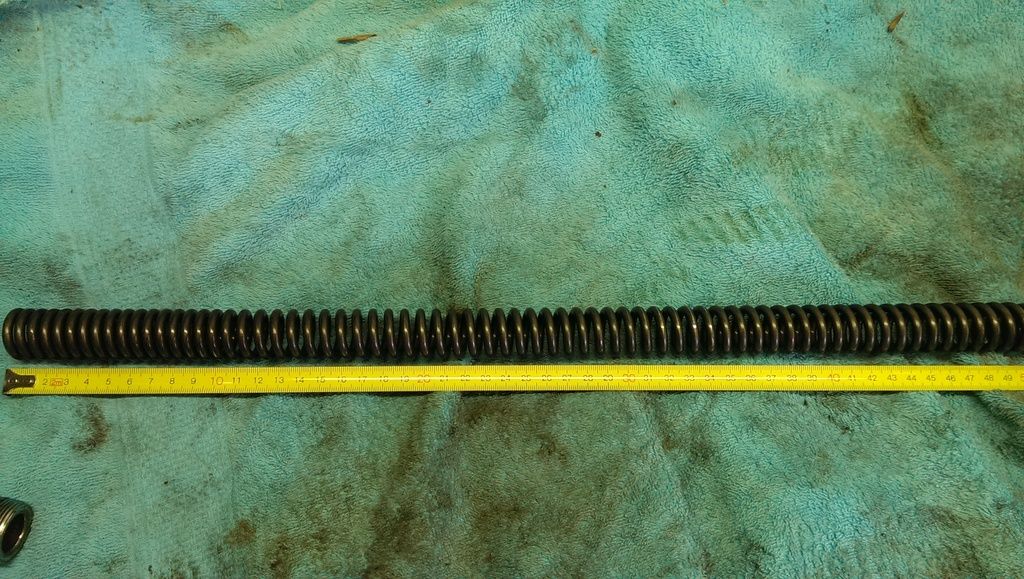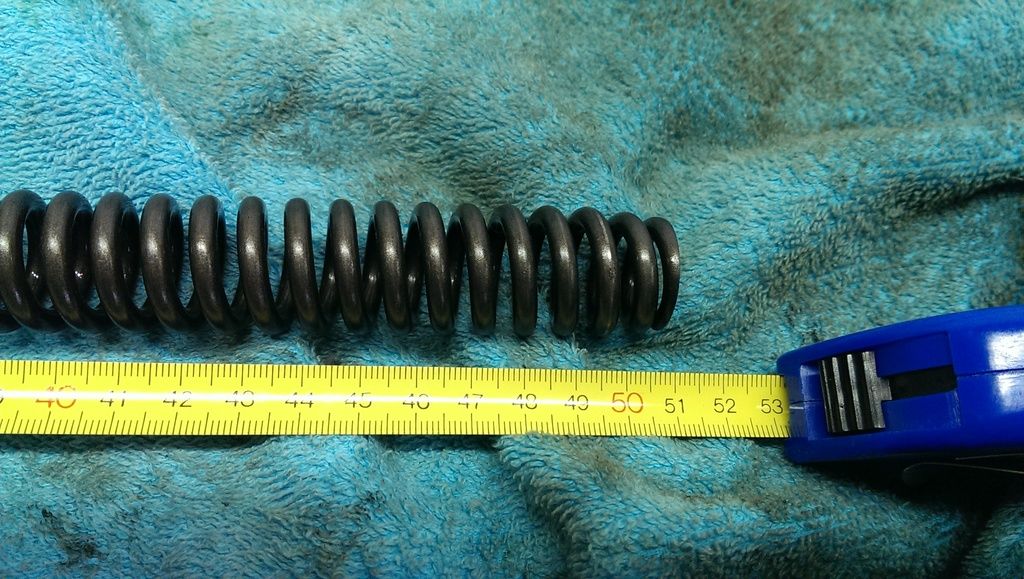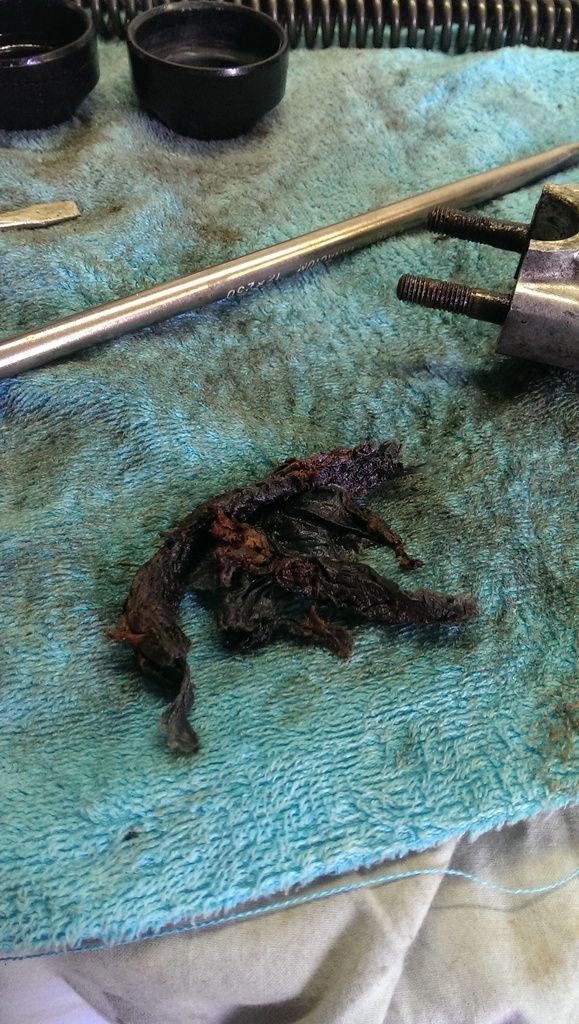So my forks are pitted, leaking oil and don't have that much suspension anymore.. Time for an overhaul! But I have a few questions:
- What's the size of the tool you need in the fork to keep the dampening rod from turning? Some places I see 19mm, others I see 24mm... Also: What do you guys reckon is the best option for a selfmade tool?
- I am going to replace my fork seals (obviously), but what other parts would you guys suggest to replace? If they're all apart, I might as well get them properly done.
- The tubes are pitted, so I found a place to get them rechromed for about 75-100 euros per tube. Seems ok, especially since I can't seem to find replacements for that amount of money. Anything to be aware of with them?
- What new springs to go for?:
I thought I had decided on the progressive springs as I saw quite some positive stuff about them, but just now I saw many guys here are going for Sonic springs with the cartridge emulator... My goal is to get the bike on the road again as a tour bike, not something for a race-track. With the progressives I'm scared for them becoming too squishy, because I do like to feel the road and feel I'm riding a bike, not a comfortable sofa XD
On the other hand, I do want to get a nice tourer so a smooth ride is preferred...
Anyway, looking forward to getting the forks done. The better the weather becomes, the more I miss driving the old one. The newer bike is fun, it's just not the same thing ^^
.png)





Comment